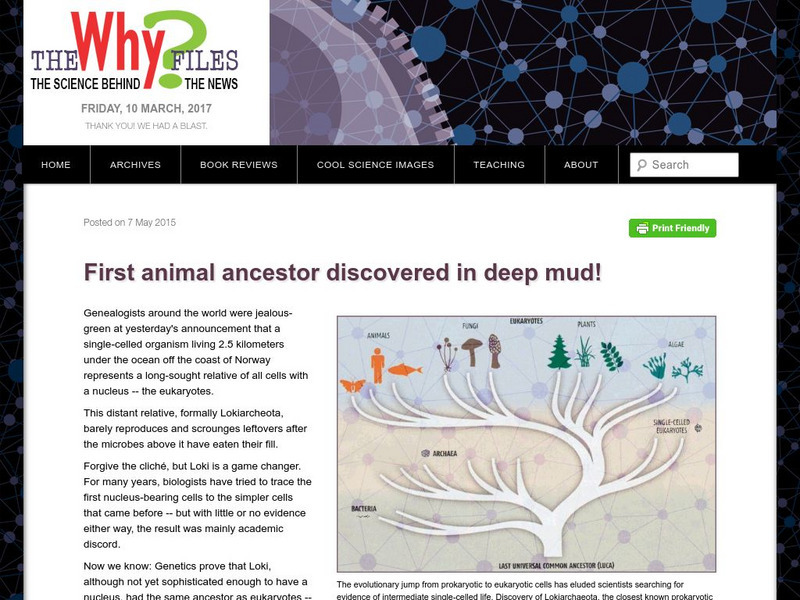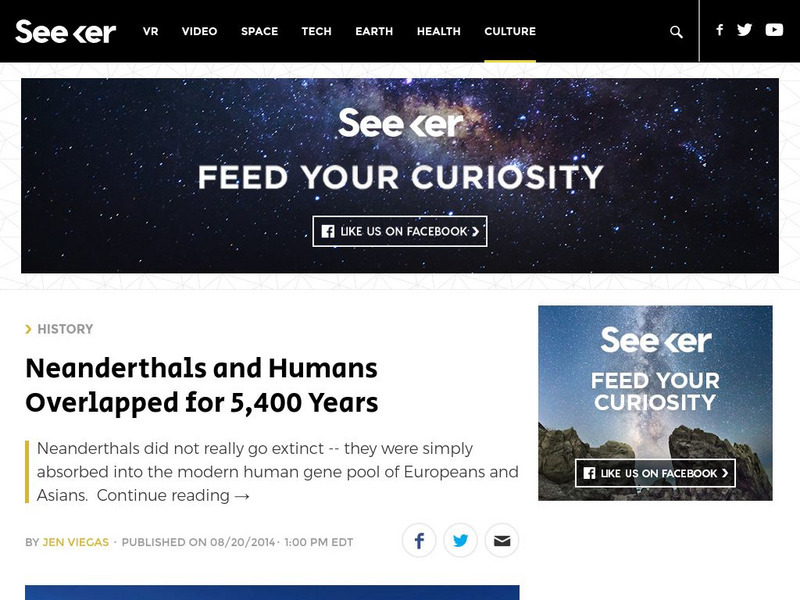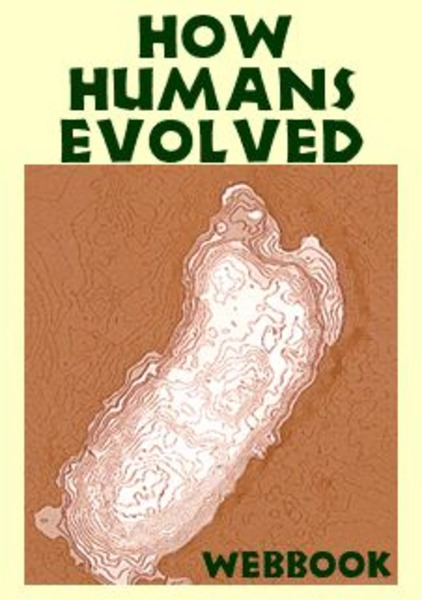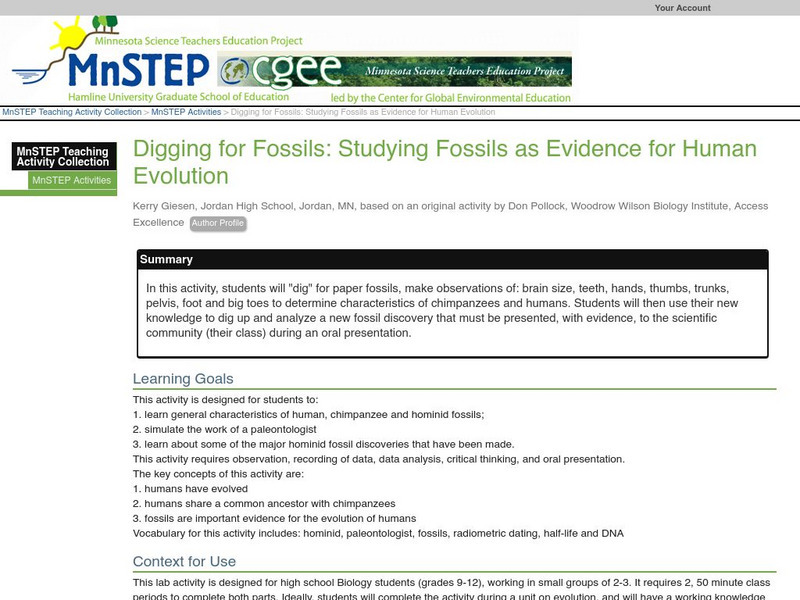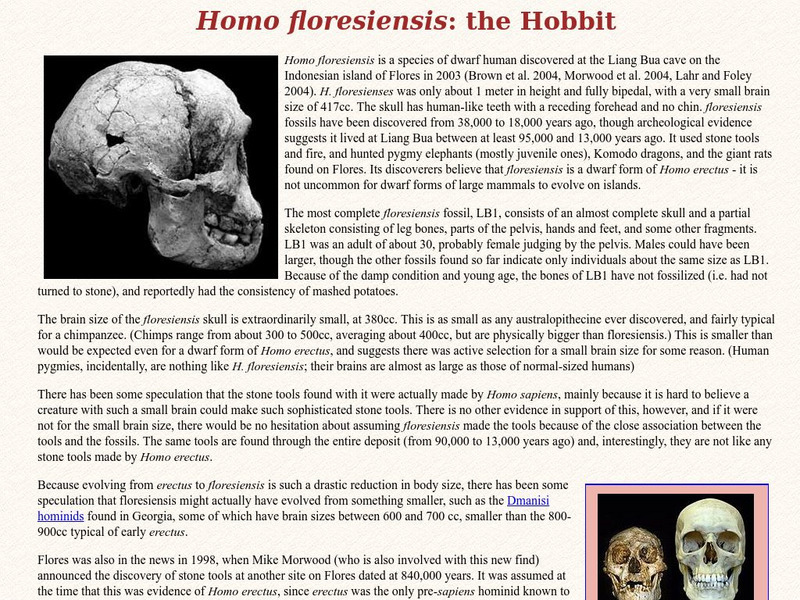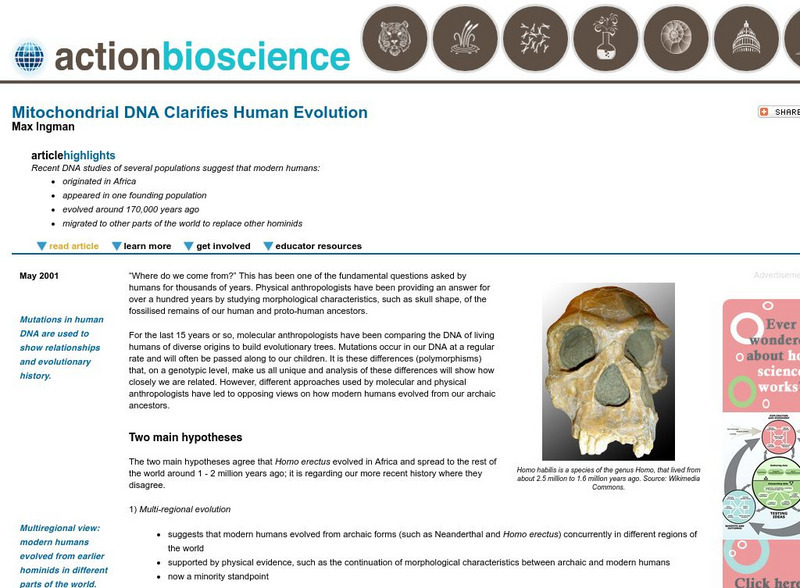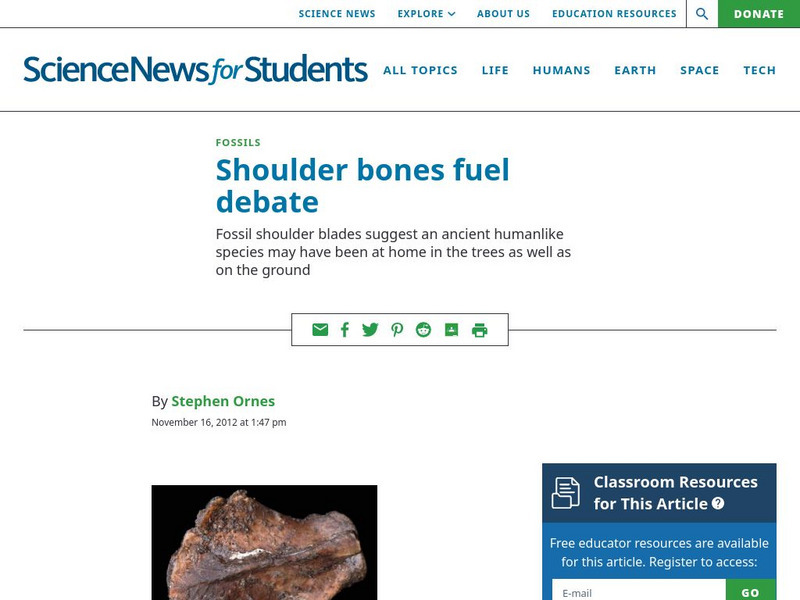Other
Cartage: Discovery of Early Hominids
This comprehensive essay provides a brief history of the Australopithecines an in depth discussion of the discovery of the early fossils, and a look at the ancestors of the Australopithecines.
Smithsonian Institution
National Museum of Natural History: The Origin of the Genus Homo
The evolution of the Genus Homo is neatly laid out in a chronological fashion beginning with the key change that signaled the origin of Homo, through the evolutionary forms, finalizing with Homo sapiens.
PBS
Wgbh/pbs: Explore Your Inner Animals
Click on a highlighted portion of the skeleton to open up a brief video presentation and written summary explaining how that part of the human has come from our ancient ancestors.
University of Utah
University of Utah: learn.genetics: Ptc: The Genetics of Bitter Taste
Read about the PTC gene, and listen to scientists discuss this accidental discovery which lead to important clues about human evolution.
University of Wisconsin
The Why Files: First Animal Ancestor Discovered in Deep Mud
Two billion years ago, we share a common ancestor with this new-found relative. Is this our origin?
Seeker
Seeker: Week of 8 25 14: Neanderthals, Humans Overlapped for 5,400 Years
Learn why recent discoveries are causing scientists to rewrite the timeline of modern humans and Neanderthals.
Seeker
Seeker: Human Like Hands Came Before Actual Humans
Article reports on how the human hand has evolved. Includes a video.
Howard Hughes Medical Institute
Hhmi: Biointeractive: Origin of Humans With Quiz
See what genetic traits paleontologists have discovered that set humans apart from other organisms.
PBS
Pbs Teachers, Nova: Little People of Flores: Compare the Brains
Compare and contrast the shape and size of a Homo floresiensis brain with the brain of a chimp and a modern human.
Smithsonian Institution
National Museum of Natural History: What Does It Mean to Be Human, Human Characteristics
Explore walking upright, tools and food, bodies, brains, social life, language and how humans ultimately changed the world. Excellent charts, pictures and videos accompany easy-to-understand text on the earliest humans.
Smithsonian Institution
National Museum of Natural History: Human Origins: Human Family Tree
Find the human ancestor you are interested in and click on it either in the timeline or the list below for more details. Each fossil or reconstruction pictured includes links to more details about it.
Howard Hughes Medical Institute
Hhmi: Bio Interactive: Using the Scientific Process to Study Human Evolution
View a real-life use of the scientific process by looking at Paleoanthropology in this Click and Learn. The Click and Learn is an interactive slideshow.
Howard Hughes Medical Institute
Hhmi: Bio Interactive: Explore Your Inner Animals
Did you know parts of our body was inherited from distant animal ancestors? In this interactive students will investigate different anatomical features of the human body to reveal our evolutionary history. Learn how humans share...
Natural History Museum
Natural History Museum: Human Origin Exhibit
This online exhibit from the Natural History Museum weaves together seven subtopics dealing with human origin and evolution. The topics range from Pildown man and ancient humans to modern humans and chimp research.
W. W. Norton
W. W. Norton & Company: How Humans Evolved
This provides access to a webbook about How Humans Evolved. The following topics are covered: (1) How Evolution Works, (2) Primate Behavior and Ecology, (3) The History of Human Lineage, and (4) Evolution and Modern Humans. Each chapter...
PBS
Pbs Learning Media: Primary Source Set: The Scopes Trial
This collection uses primary sources to explore the 1925 Scopes Trial.
PBS
Pbs Learning Media: Riddle of the Bones
At the online companion Web site of "Evolution," the seven-episode series on PBS, piece together clues to how one of our early ancestors looked as you examine images from four significant fossil finds of Australopithecus afarensis.
Science Education Resource Center at Carleton College
Serc: Digging for Fossils: Studying Fossils as Evidence for Human Evolution
As students dig for paper fossils, they make observations of brain size, teeth, hands, thumbs, trunks, pelvis, foot and big toes to determine characteristics of chimpanzees and humans. Then, they dig up and analyze a new fossil...
Talk Origins Archive
Talk Origins: Fossil Hominids: Richard Leakey
Biography of Richard Leakey that deals with his paleontological work and his efforts to preserve African wildlife.
Talk Origins Archive
Talk Origins: Homo Floresiensis: The Hobbit
Article discusses the find in 2003 of fossils that are thought to be a dwarf human species. Please note that there are creationist responses listed as well as rebuttals.
American Institute of Biological Sciences
Action Bioscience: Mitochondrial Dna Clarifies Human Evolution
Deep mitochrondrial DNA research has revealed information identifying the origin of modern humans, the founding population, a general date of humans evolving, and the migration of these humans across the planet. Read further to discover...
American Institute of Biological Sciences
Action Bioscience: The Challenge of Living at High Altitudes
Physical anthropologists are studying the ongoing evolution of modern humans. This article features research done on those living in high altitudes over thousands of years with the intention to discover things such as the role of natural...
Society for Science and the Public
Science News for Students: Shoulder Bones Fuel Debate
A shoulder blade was recently discovered that belonged to a 3-year-old humanlike female who lived more than 3 million years ago. Scientists are studying the fossil to learn whether the creature climbed trees.
Palomar Community College District
Palomar College: Homo Heidelbergensis
A resource detailing the research of human evolution. Find comparisons between Homo heidelbergensis and Homo erectus. Images and charts help understand the process of human change over the last 800,000 years.





